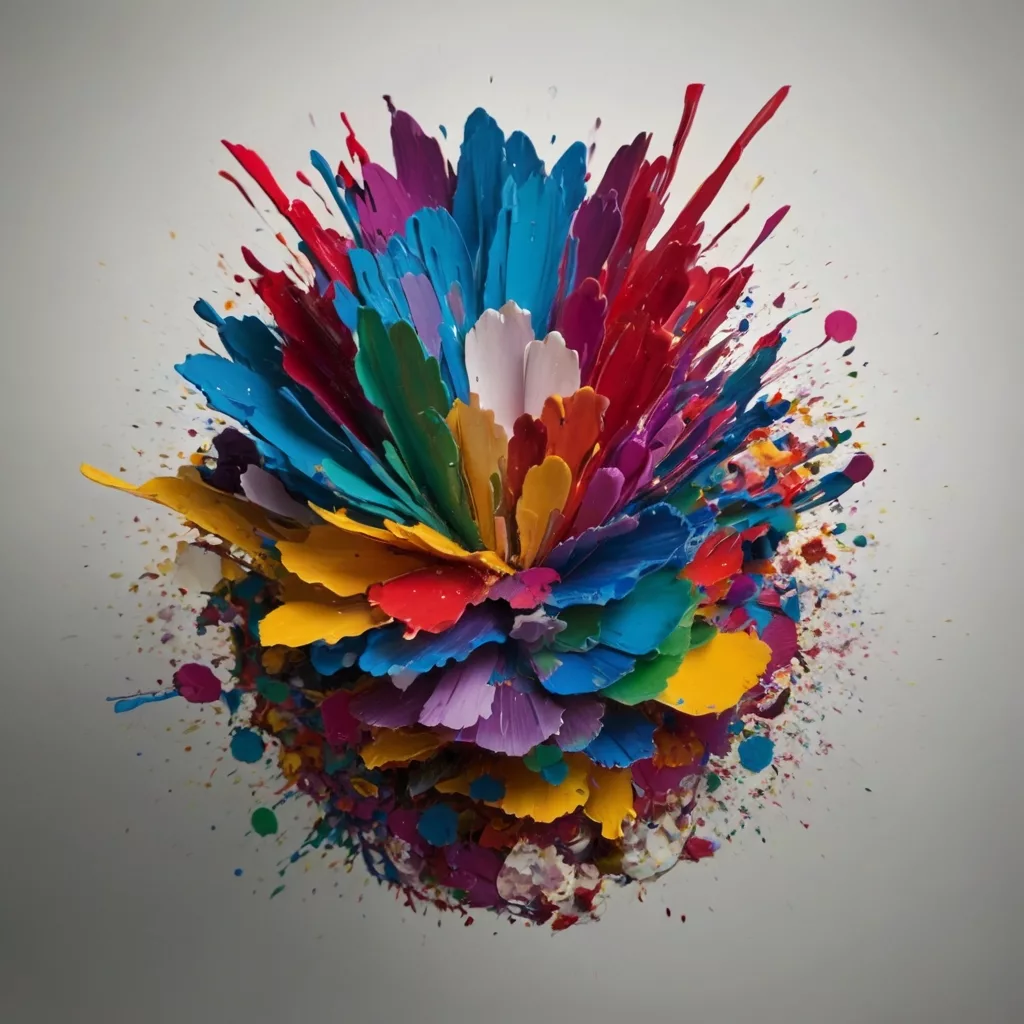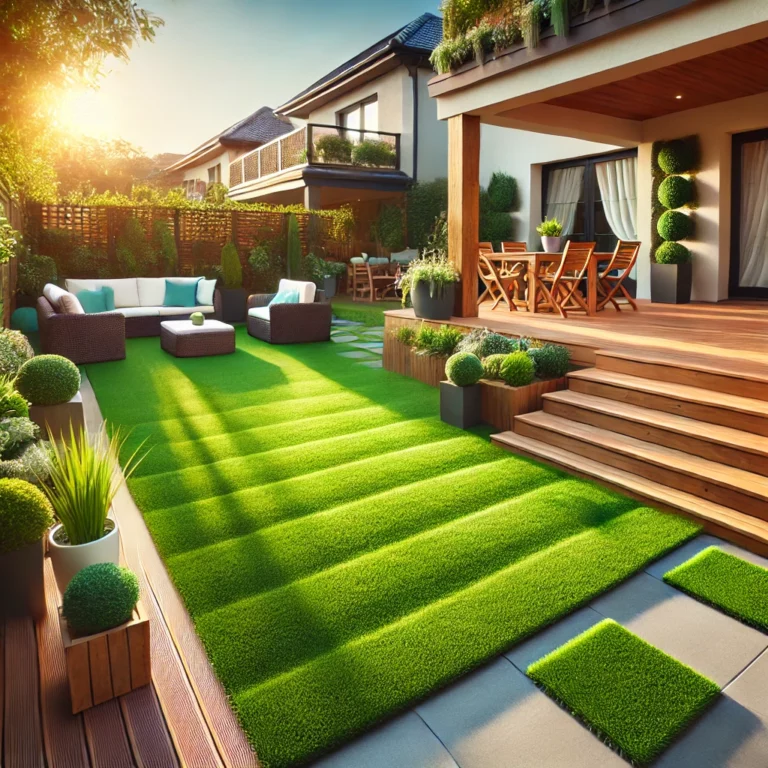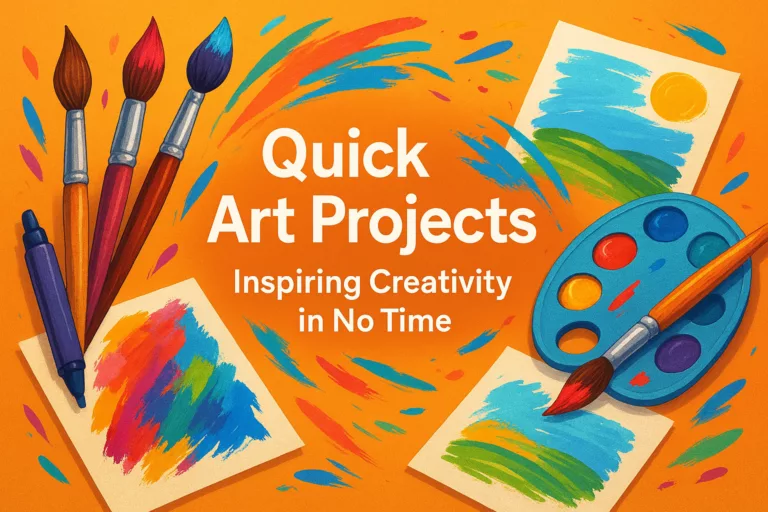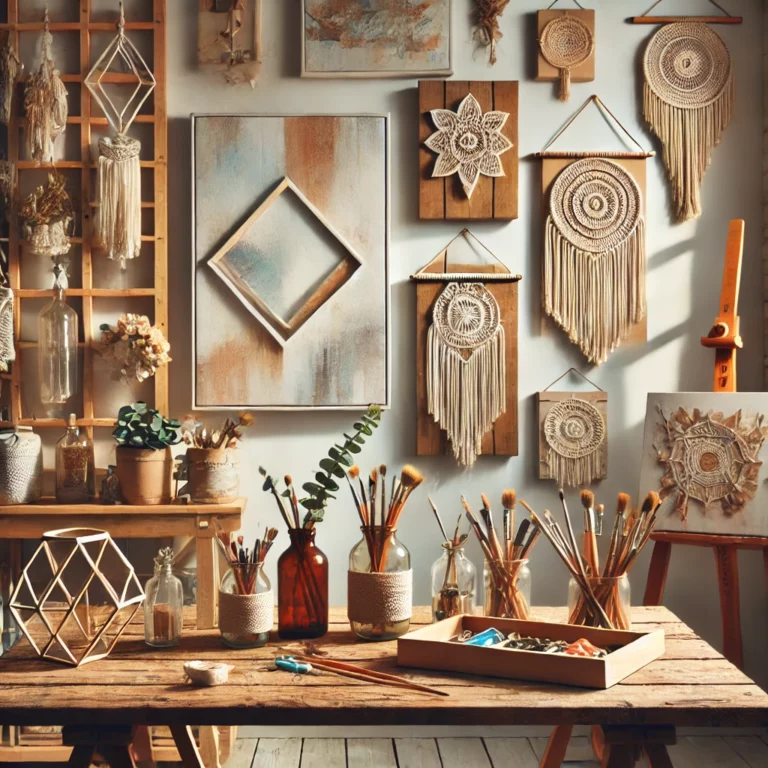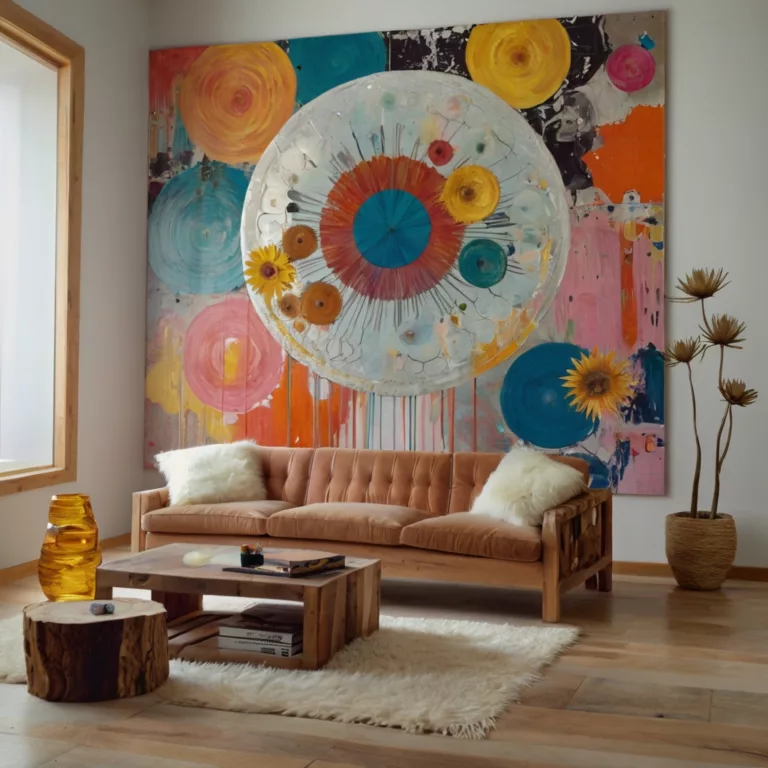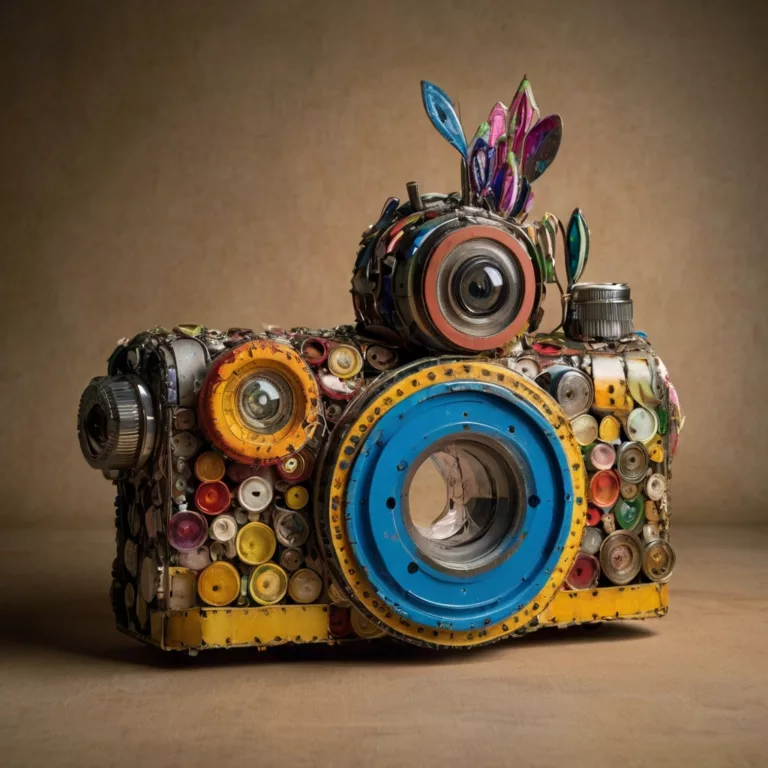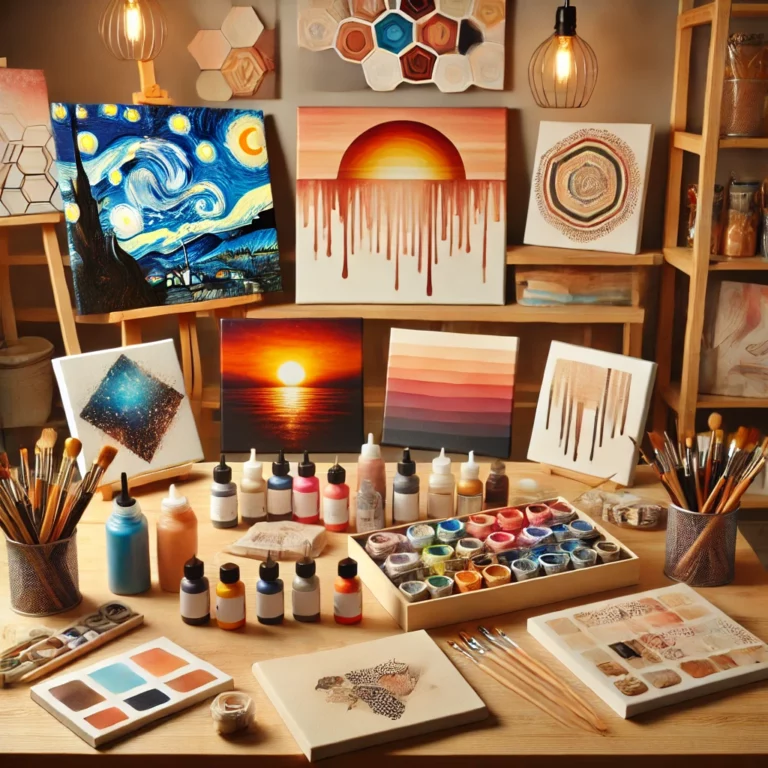Simple Art Hacks: Transforming Your Creative Process
Introduction
Art has been a fundamental form of human expression since the dawn of civilization. From cave paintings to digital art, humans have consistently found ways to create beauty and convey meaning through visual mediums. However, art creation doesn’t always require expensive materials, formal training, or complex techniques. This comprehensive guide explores simple yet effective art hacks that can transform your creative process, helping both beginners and experienced artists overcome common challenges, save money, and discover new approaches to artistic expression.
Art hacks are clever shortcuts, alternative techniques, or unconventional uses of materials that simplify the creative process without compromising quality. These innovative approaches can make art more accessible to everyone, regardless of budget, skill level, or available resources. Whether you’re a student, hobbyist, professional artist, educator, or parent, these hacks will help you maximize your creative potential while minimizing frustration, waste, and expense.
Art Supply Hacks and Alternatives
Paint Hacks
DIY Paint Alternatives
Commercial paints can be expensive, but numerous household items can serve as effective alternatives:
- Coffee and Tea Paintings: Brew strong coffee or tea and use it like watercolor. Different brewing times create various shades of brown, perfect for vintage-style illustrations, landscapes, or sepia portraits.
- Natural Dyes from Kitchen Ingredients: Create vibrant colors using turmeric (yellow), beetroot (pink/red), spinach (green), blueberries (purple), and activated charcoal (black). Mix these with a small amount of water and a binding agent like egg white or honey.
- Homemade Watercolors: Mix 2 tablespoons of baking soda, 1 tablespoon of white vinegar, 1/2 teaspoon of corn syrup, and 2 tablespoons of cornstarch. Divide into sections and add food coloring to create different hues.
- Salt Texture Technique: Sprinkle salt on wet watercolor paint to create crystalline textures ideal for starry skies, snowy landscapes, or textured backgrounds.
Extending Paint Life
- Keep Acrylic Paints Fresh: Store palette paints under plastic wrap with a light misting of water to prevent drying between sessions.
- Revive Dried Acrylic Paint: Add a few drops of acrylic medium or slow-drying medium to bring hardened paint back to life.
- DIY Palette Humidifier: Place a damp sponge in a shallow container, cover with parchment paper, and use as a palette to keep paints workable longer.
- Freezer Storage for Oil Paints: Place oil paint palettes in the freezer between sessions to slow drying time without affecting paint quality.
Drawing and Sketching Hacks
Alternative Drawing Tools
- Homemade Charcoal: Create drawing charcoal by burning wooden sticks (preferably willow) in a fire-safe container with limited oxygen.
- DIY Blending Stumps: Roll paper towels tightly and secure with tape for an effective blending tool for graphite, charcoal, or pastel work.
- Coffee Filter Blending: Use coffee filters as an alternative to expensive blending tissues for smooth gradients in graphite drawings.
- Unexpected Mark-Makers: Experiment with everyday objects like bottle caps, textured fabric, bubble wrap, or kitchen utensils to create unique patterns and textures.
Sketching Improvements
- Grid Method Simplification: Use transparent graph paper overlays instead of drawing grids directly on your reference and canvas.
- DIY Drawing Projector: Create a simple image projector using a smartphone, magnifying glass, and cardboard box for accurate transfers of reference images.
- Transfer Paper Alternative: Rub graphite on the back of a printed reference image to create an instant, free transfer paper.
- Window Light Box: Use a sunny window as a natural light box for tracing or transferring images.
Paper and Canvas Alternatives
- Tea-Stained Paper: Soak paper in tea for an antique, vintage look perfect for maps, old letters, or historical-themed art.
- Coffee-Dyed Canvas: Brew strong coffee and apply to canvas for a warm, aged undertone before painting.
- DIY Canvas Panels: Glue fabric to cardboard or wood panels using PVA glue for affordable painting surfaces.
- Upcycled Painting Surfaces: Transform old books, wooden furniture pieces, or fabric scraps into unique art surfaces.
Color Theory and Mixing Hacks
Smart Color Selection
- Limited Palette Approach: Master painting with just three primary colors plus white and black to improve color mixing skills and create cohesive artwork.
- Split Primary Palette: Use warm and cool versions of each primary color (yellow ochre and lemon yellow; alizarin crimson and cadmium red; ultramarine blue and cerulean blue) for more versatile mixing options.
- Color Scheme Simplification: Use the camera on your phone with a black and white filter to check value relationships in your painting without color distraction.
Mixing Shortcuts
- Pre-Mix Color Strings: Create a gradated series of a single color from light to dark before beginning to paint, ensuring consistency throughout your work.
- Complementary Grays: Mix complementary colors (those opposite on the color wheel) to create rich, complex grays that are more interesting than black and white mixtures.
- Organized Palette Arrangement: Arrange colors on your palette in color wheel order to intuitively understand mixing relationships.
- Transparent Glazing Medium: Create depth by layering transparent glazes of color rather than mixing opaque colors directly.
Composition and Design Hacks
Composition Shortcuts
- Rule of Thirds Grid Overlay: Place a transparent grid divided into thirds over your reference photo to quickly identify strong composition points.
- Viewfinder from Cardboard: Create L-shaped cardboard pieces that can be arranged to form different rectangular frames for finding the best composition in your subject.
- Thumbnail Sketching: Create multiple small, quick sketches (thumbnails) to test different compositions before committing to a full-sized work.
- Value Structure First: Establish your composition in three simple values (light, medium, dark) before adding complex details or color.
Design Problem-Solving
- Reverse Reference Image: Turn your reference photo upside down to see shapes and values more objectively, improving accuracy in representational art.
- Mirror Check: Use a mirror to view your work in reverse, revealing compositional issues and drawing errors that might otherwise go unnoticed.
- Squint Test: Squint at your artwork to blur details and see overall value relationships more clearly.
- Digital Composition Testing: Take a photo of your work in progress and use a digital editing app to test color changes or compositional adjustments before applying them to your actual artwork.
Workspace and Organization Hacks
Studio Setup on a Budget
- Repurposed Furniture: Convert old dressers into art supply storage with drawers for different categories of materials.
- Pegboard Organization: Install inexpensive pegboards with hooks to create customizable wall storage for tools and supplies.
- Jar Storage System: Clean and repurpose food jars for storing brushes, pens, markers, and small art supplies.
- DIY Easel Alternatives: Use music stands, cookbook holders, or modified ironing boards as affordable easel alternatives.
Cleaning and Maintenance
- Brush Cleaning Station: Create a cleaning station using a section of rigid mesh screen over a container to clean brushes without damaging bristles.
- Conditioning Dried Brushes: Restore hardened brushes with a soak in vinegar followed by gentle reshaping and conditioning with hair conditioner.
- Silicon Mat Palette: Use silicone baking mats as easy-clean palettes for paint mixing—dried paint peels off effortlessly.
- Baby Oil for Oil Paint Cleanup: Use baby oil instead of expensive solvents for initial cleaning of oil painting brushes.
Digital Art Hacks
Software Alternatives
- Open-Source Graphics Software: Utilize free programs like GIMP (alternative to Photoshop), Krita (digital painting), or Inkscape (vector graphics) instead of expensive commercial software.
- Mobile Apps for Sketching: Use free or low-cost apps like Autodesk Sketchbook, Procreate (iPad), or Infinite Painter for digital sketching and concept development.
- Browser-Based Creation Tools: Explore free browser tools like Pixilart or Canva for simple graphic design projects without downloading software.
Digital Workflow Improvements
- Custom Brush Creation: Make custom brushes from your own textures or patterns to develop a unique digital art style.
- Layering Strategy: Work with a simple system of layers (background, midground, foreground, details) to maintain organization in complex digital pieces.
- Reference Board Setup: Create a digital reference board template with sections for color palette, texture references, and inspiration images to keep all reference material in one place.
- Shortcut Mastery: Learn and customize keyboard shortcuts in your preferred software to significantly speed up your workflow.
Mixed Media and Texture Hacks
Texture Creation Tools
- Household Texture Tools: Use items like plastic wrap, bubble wrap, old credit cards, combs, and sponges to create unique textures in paint.
- Salt and Alcohol Effects: Apply salt or rubbing alcohol to wet watercolor for crystalline or cellular effects.
- DIY Texture Paste: Mix white glue with baking soda or cornstarch to create a modeling paste for adding dimension to paintings.
- Found Object Impression Tools: Press natural materials like leaves, bark, or fabric into wet paint or clay to create detailed impressions.
Collage and Mixed Media Techniques
- Tea Bag Collage Elements: Save used tea bags, dry them, and incorporate the stained paper into mixed media work for unique textures and tones.
- Magazine Color Palette: Create a personal color reference library by collecting and organizing magazine cutouts by color.
- Wax Paper Transfers: Use wax paper and a warm iron to transfer magazine images onto artwork for collage elements.
- Gel Medium Transfers: Apply gel medium to printed images, then transfer them to artwork by removing the paper backing after drying.
Art for Children and Beginners
Child-Friendly Art Hacks
- Mess-Free Painting Bags: Place paper and small amounts of paint inside a sealed plastic bag for sensory exploration without mess.
- Washable Paint Alternatives: Make safe, washable finger paints using cornstarch, food coloring, and water.
- Nature Art Materials: Collect pinecones, leaves, sticks, and stones for natural material sculptures and collages.
- DIY Sidewalk Chalk: Mix plaster of Paris with tempera paint and water in silicone molds to create custom sidewalk chalk.
Beginner-Friendly Techniques
- Tracing Method Progression: Start with direct tracing, then move to grid method, then to sight-size method as skills develop.
- Value First Approach: Begin with monochromatic drawings to master value relationships before tackling color.
- Modular Pattern Design: Create complex designs by repeating simple shapes in patterns or mandalas.
- Contour Drawing Practice: Develop hand-eye coordination through blind contour drawing exercises (drawing without looking at the paper).
Photography Hacks for Artists
Reference Photo Improvement
- DIY Light Box: Create a simple light box using a cardboard box with white paper lining and natural light for photographing small objects or artwork.
- Smartphone Macro Lens: Use a water droplet on your phone camera lens for improvised macro photography of textures and details.
- Reflector from Household Items: Use aluminum foil on cardboard, white foam board, or even white bedsheets as photography reflectors for better lighting.
- Color Calibration Card: Include a gray card or color checker in photos of artwork to help with accurate color adjustment when digitizing.
Artwork Documentation
- Consistent Artwork Photography: Create a designated photo area with consistent lighting and background for professional-looking artwork documentation.
- DIY Artwork Scanner: Use your smartphone with a scanning app instead of a traditional scanner for digitizing small artwork.
- Glare Reduction: Photograph artwork outdoors on an overcast day to minimize glare and achieve even lighting.
- Editing Sequence: Develop a consistent editing sequence for artwork photos: straighten, crop, adjust white balance, correct exposure, enhance detail.
Sustainable and Eco-Friendly Art Hacks
Upcycled Art Materials
- Homemade Paper: Create handmade paper from junk mail, old documents, or newspaper using a blender, water, and simple screening tools.
- Plastic Bag Yarn (Plarn): Cut plastic bags into strips and knot them together to create “plarn” for weaving, crochet, or sculptural projects.
- Cardboard Sculpture Base: Use layered cardboard as a free, sturdy base for sculptures or relief work.
- Natural Fiber Brush Alternatives: Make brushes from found materials like feathers, dried grasses, or bundled twigs for unique mark-making.
Non-Toxic Alternatives
- Natural Fixatives: Use diluted milk or rice water as a natural fixative for charcoal or pastel drawings instead of chemical sprays.
- Beeswax Varnish Alternative: Create a simple finishing layer for paintings using melted beeswax and a heat gun to seal and protect artwork.
- Homemade Paste: Mix flour and water for a simple, non-toxic adhesive for paper projects.
- Plant-Based Inks: Create inks from walnut hulls, berries, or flower petals with vinegar as a preservative.
Time-Saving and Productivity Hacks
Efficient Art Practices
- Batch Processing: Prepare multiple canvases or papers at once with base colors or grounds to streamline future projects.
- Parallel Projects System: Work on multiple pieces simultaneously to allow drying time and prevent creative blocks.
- Timed Sessions: Use the Pomodoro technique (25 minutes of focused work followed by a 5-minute break) to maintain productivity and prevent fatigue.
- Progressive Saving: Take photos of artwork at different stages to document progress and provide options if later stages don’t work out.
Workflow Optimization
- Portable Art Kit: Create a compact art kit with essential supplies for working in different locations.
- Color Mixing Journal: Keep a personal record of successful color mixtures with swatches and recipes for future reference.
- Pre-Session Setup Routine: Develop a consistent setup and cleanup routine to minimize transition time between creative sessions.
- Digital Template Library: Build a personal library of common shapes, perspective grids, or figure poses that can be traced for consistent proportions.
Specialized Technique Hacks
Watercolor Specific Tricks
- Masking Fluid Alternatives: Use white candle wax, rubber cement, or even white crayon to reserve white areas in watercolor paintings.
- Controlled Water Application: Use a spray bottle or mister for even moisture, especially for large washes.
- Paper Stretching Simplification: Tape watercolor paper to a plastic cutting board with gummed tape and wet both sides for an easy stretching method.
- Gradient Wash Technique: Create perfect gradient washes by pre-wetting paper and applying color to only one section, then tilting to let it flow naturally.
Oil Painting Shortcuts
- Aluminum Foil Palette Liner: Line wooden palettes with aluminum foil for easy cleanup between sessions.
- Clove Oil Addition: Add a drop of clove oil to slow the drying time of oil paints for extended blending opportunities.
- Underpainting with Acrylics: Use fast-drying acrylics for underpainting before switching to oils for the final layers.
- Paper Towel Blotting: Use paper towels to quickly remove excess oil and create texture or lighten areas.
Acrylic Techniques
- DIY Stay-Wet Palette: Create an inexpensive stay-wet palette using a shallow container, sponge, parchment paper, and water.
- Retarder Alternative: Use a fine mist of water or a drop of liquid honey to extend acrylic working time.
- Crackle Effect: Apply white glue between layers of acrylic paint for an authentic crackle effect.
- Impressionistic Texture: Apply paint with plastic wrap, then remove while still wet for interesting organic textures.
Problem-Solving Art Hacks
Fixing Common Mistakes
- Watercolor Lifting: Use a clean, damp brush or paper towel to lift out mistakes in watercolor before the paint fully dries.
- Acrylic Oops: Cover acrylic mistakes with gesso or white paint, then repaint once dry.
- Oil Painting Corrections: Use the edge of a palette knife to scrape away wet oil paint mistakes.
- Drawing Errors: Keep kneaded erasers in hand shapes ready for precise erasing of graphite without damaging paper.
Troubleshooting Techniques
- Warped Paper Solution: Mist the back of warped paper with water and place under heavy books overnight.
- Canvas Tightening: Lightly mist the back of loose canvas with water to tighten it as it dries.
- Brush Revival: Soak brushes with dried paint in appropriate solvent (water for acrylics, mineral spirits for oils) overnight, then wash with gentle soap.
- Pastel Fixative Alternative: Use inexpensive hairspray as a budget-friendly fixative for charcoal or pastel drawings (in well-ventilated areas).
Art Business and Presentation Hacks
Budget Framing Solutions
- Floating Mount Technique: Create professional-looking floating mounts using foam board spacers between artwork and backing board.
- DIY Frames from Molding: Purchase picture frame molding from hardware stores and create custom-sized frames at a fraction of custom framing costs.
- Mat Board Alternatives: Use colorful cardstock or decorative paper instead of expensive mat board for smaller works.
- Temporary Exhibition Solutions: Use binder clips and fishing line for a clean, minimalist hanging system for unframed work.
Professional Presentation
- Signature Consistency: Create a signature practice sheet to develop a distinctive, consistent artist signature.
- DIY Artist Business Cards: Design and print your own business cards featuring your artwork.
- Portfolio Organization: Use clear plastic sleeves in a binder for an affordable, professional portfolio presentation.
- Art Photography Tips: Photograph artwork in natural, indirect light against a neutral background for professional documentation.
Conclusion
Art-making should be joyful, accessible, and unburdened by unnecessary complications or expenses. These simple art hacks demonstrate that creativity flourishes not just from having the “right” supplies or formal training, but from problem-solving, experimentation, and resourcefulness. By implementing these techniques, you can overcome common barriers, streamline your process, and focus on what truly matters: expressing your unique creative vision.
Remember that some of the most innovative artistic breakthroughs throughout history came from artists who worked with limited resources or who deliberately challenged conventional approaches. Your constraints, whether financial, spatial, or technical, can become catalysts for creative problem-solving and unique artistic expression.
Whether you’re creating art for personal fulfillment, professional development, or educational purposes, these hacks provide practical solutions to enhance your creative journey. The most valuable art hack of all might be the mindset shift from seeing limitations as obstacles to viewing them as opportunities for innovation and growth.
As you explore these techniques, adapt them to your specific needs and continue to develop your own creative shortcuts. The best art hacks are often the ones you discover through your unique process of experimentation and play. By sharing these discoveries with the broader artistic community, you contribute to a culture of accessibility and innovation in the visual arts.
Art11deco

